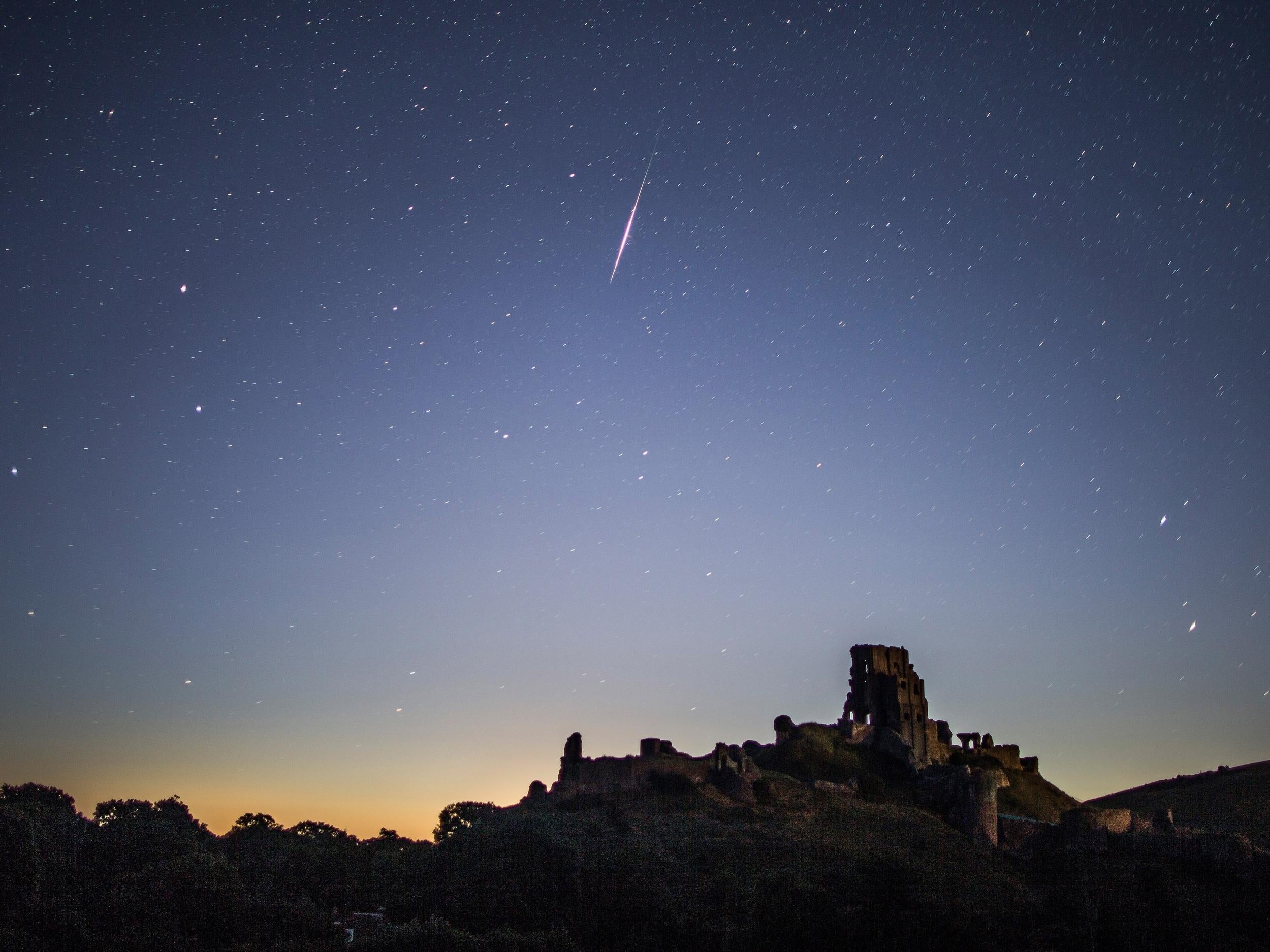Molecular ingredients for life may have originated in outer space, study finds
Experiments reveal organic molecules forming under space-like conditions, similar to those found on comets and asteroids

Your support helps us to tell the story
From reproductive rights to climate change to Big Tech, The Independent is on the ground when the story is developing. Whether it's investigating the financials of Elon Musk's pro-Trump PAC or producing our latest documentary, 'The A Word', which shines a light on the American women fighting for reproductive rights, we know how important it is to parse out the facts from the messaging.
At such a critical moment in US history, we need reporters on the ground. Your donation allows us to keep sending journalists to speak to both sides of the story.
The Independent is trusted by Americans across the entire political spectrum. And unlike many other quality news outlets, we choose not to lock Americans out of our reporting and analysis with paywalls. We believe quality journalism should be available to everyone, paid for by those who can afford it.
Your support makes all the difference.The molecular "building blocks" necessary for life on Earth could have originated in space, according to a new study.
Scientists have demonstrated a number of organic molecules can form when exposed to conditions mimicking the frozen vacuum of space.
According to the research, the presence of these molecules, including propylene, ethane and acetylene, suggests the “building blocks” of life could be extra-terrestrial in origin.
The experiments, carried out by a team at the University of Sherbrooke, showed organic molecules forming on icy surfaces similar to those found on space dust and interplanetary objects like comets, asteroids and moons.
The scientists recreated space-like conditions by exposing frozen films containing methane and oxygen to radiation.
In space, objects are battered by multiple forms of radiation, allowing the formation of complex molecules from simpler ones.
The work undertaken by the Sherbrooke team, published in the Journal of Chemical Physics, looked specifically at the effects of low-energy electrons, which are produced when high-energy radiation interacts with matter.
“I think this study is interesting because it’s another pathway to produce organic molecules that are made more complex by radiation,” said Professor Charles Cockell, an astrobiologist at the University of Edinburgh who was not involved in the study.
Scientists have long suggested that life, or the precursor molecules that led to life, could have arisen outside of Earth.
The theory, known as “panspermia”, has received support from the great physicist Stephen Hawking, who once stated that “life could spread from planet to planet or from stellar system to stellar system, carried on meteors.”
However, pinning down the origins of life, extra-terrestrial or otherwise, has proved tricky.
One of the problems with forming pre-life molecules in space is that the components which assemble them are present, but are very spread out.
The new study, however suggests the frozen surface of objects like asteroids could provide a location for this chemistry to get started.
“What these experiments show is that even at the extremely low temperatures of interplanetary or interstellar space you can get chemical reactions occurring that lead to more complex organic compounds,” said Professor Cockell.
However, Professor Cockell noted that the “building blocks” produced in this study were still a long way off forming life.
“What they have shown is another pathway by which carbon compounds can come together to become more complicated,” he said.
As for whether life originated in space or on Earth, Professor Cockell said this is still a mystery, and one that may not have a simple answer.
“It’s still up in the air – people are starting to realise there may not be a special place where [organic molecules] form,” he explained.
“It’s not as if the organics for life had to come from one place, and I think people are beginning to realise they were probably being formed on the early Earth, and potentially raining in from space as well.”
Join our commenting forum
Join thought-provoking conversations, follow other Independent readers and see their replies
Comments